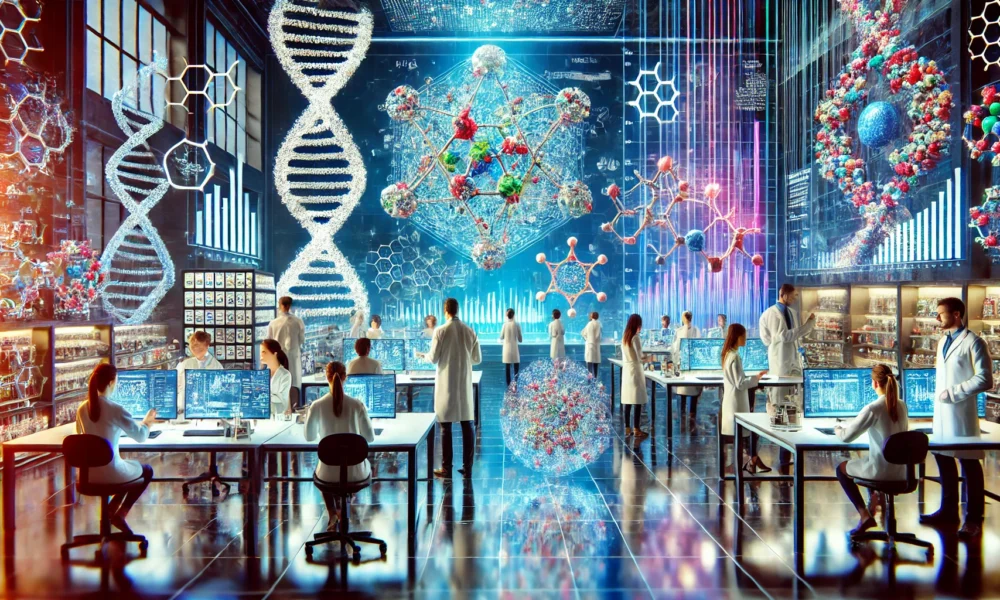Revealing Weaknesses in Facial Recognition: A Collaborative Research Study
A groundbreaking research collaboration between Israel and Japan uncovers vulnerabilities in pedestrian detection systems that allow individuals to outsmart facial recognition technology by carefully navigating through surveillance blind spots.
Mapping the Path to Privacy: The Innovative L-PET Method
Utilizing publicly available footage from major cities like Tokyo, New York, and San Francisco, researchers have developed a cutting-edge automated method to calculate paths that evade facial recognition.
Unveiling the Technology Behind Avoidance and Adaptation
The study introduces Location-based Privacy Enhancing Technique (L-PET) designed to help users find the least recognition-friendly paths. Meanwhile, the countermeasure, Location-Based Adaptive Threshold (L-BAT), reinforces surveillance measures to combat evasion tactics.
A New Front in the Technological Arms Race: Routes for Optimal Privacy
The paper sets the stage for a potential escalation in the battle between individuals seeking anonymity and surveillance systems utilizing facial recognition technology.
The Evolution of Surveillance Evasion: A New Approach
This innovative method requires fewer preparations compared to previous adversarial techniques, marking a significant advancement in privacy protection.
Advancements in Detection Evasion: Techniques and Testing
The study evaluates the impact of pedestrian angles, camera heights, distances, and lighting conditions on detection confidence, making significant strides in privacy enhancement.
Navigating the Path of Least Surveillance: The Dijkstra Algorithm to the Rescue
By utilizing graph representations and advanced algorithms, researchers have paved the way for pedestrians to navigate through areas with reduced surveillance detection.
Enhancing Detection Confidence: The L-BAT Solution
The use of Location-Based Adaptive Threshold (L-BAT) demonstrates improved detection confidence, offering a viable solution to evade surveillance systems.
Looking Ahead: Limitations and Future Possibilities
While the approach showcases promising results, there are limitations to consider, pointing towards the need for further innovations in surveillance evasion technology.
-
What are "secret routes" that can foil pedestrian recognition systems?
Secret routes are specific paths or movements that a pedestrian can take to evade detection by pedestrian recognition systems, such as walking in a zigzag pattern or hiding behind obstacles. -
Why is it important to understand how to foil pedestrian recognition systems?
Understanding how to foil pedestrian recognition systems can be important for protecting one’s privacy and avoiding surveillance in public spaces. It can also be useful for those who may want to navigate through areas where their movements are being monitored. -
How do pedestrian recognition systems work, and why are they used?
Pedestrian recognition systems use cameras and artificial intelligence algorithms to track and identify individuals in public spaces. They are used for purposes such as security monitoring, traffic control, and tracking pedestrian movements for data analysis. -
Can using secret routes to foil pedestrian recognition systems have legal implications?
The legality of using secret routes to evade pedestrian recognition systems may vary depending on the jurisdiction and the specific circumstances. In some cases, it may be considered a form of trespassing or obstruction of justice if done with malicious intent. - Are there any limitations to using secret routes to evade pedestrian recognition systems?
While secret routes may temporarily disrupt the tracking capabilities of pedestrian recognition systems, they may not provide complete protection from surveillance. It is important to consider other measures, such as using privacy-enhancing tools or advocating for policies that limit the use of surveillance technologies.



